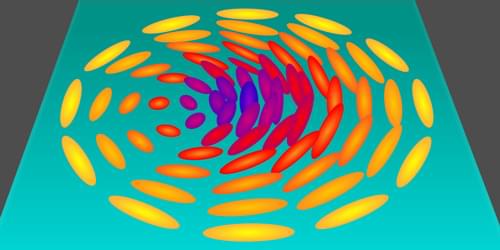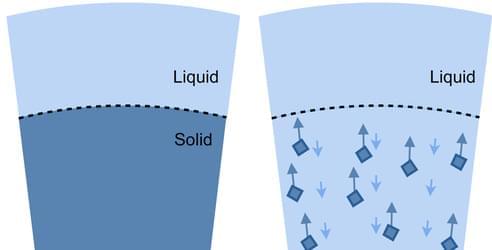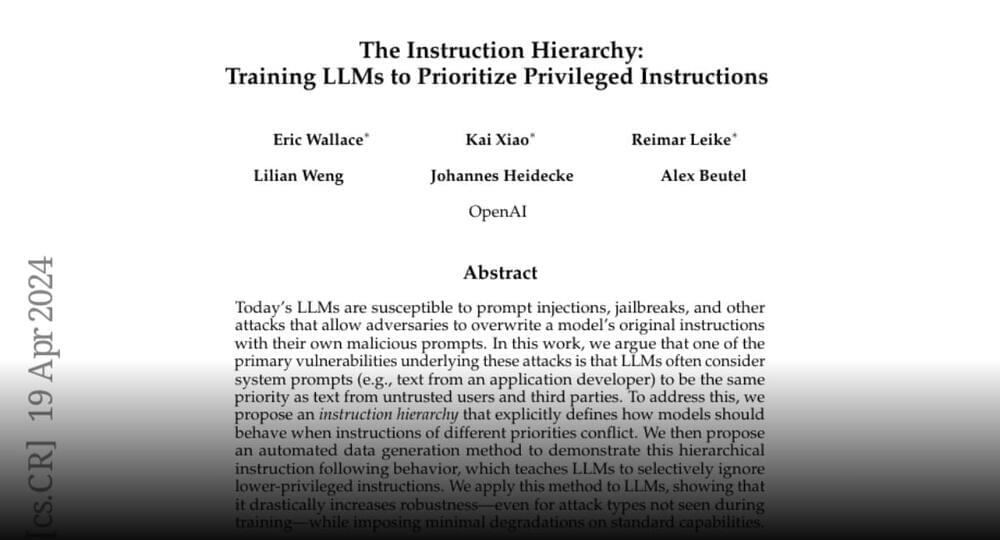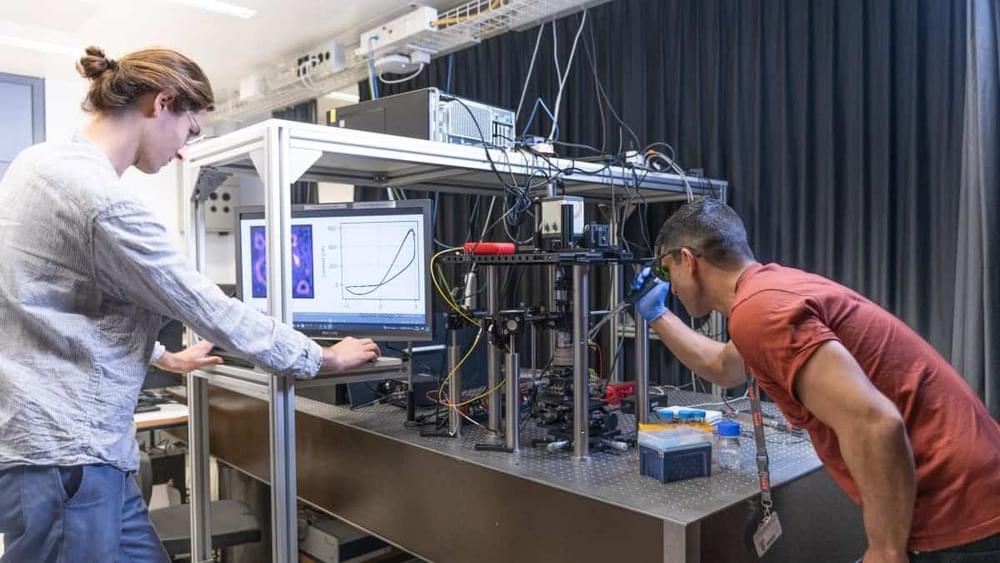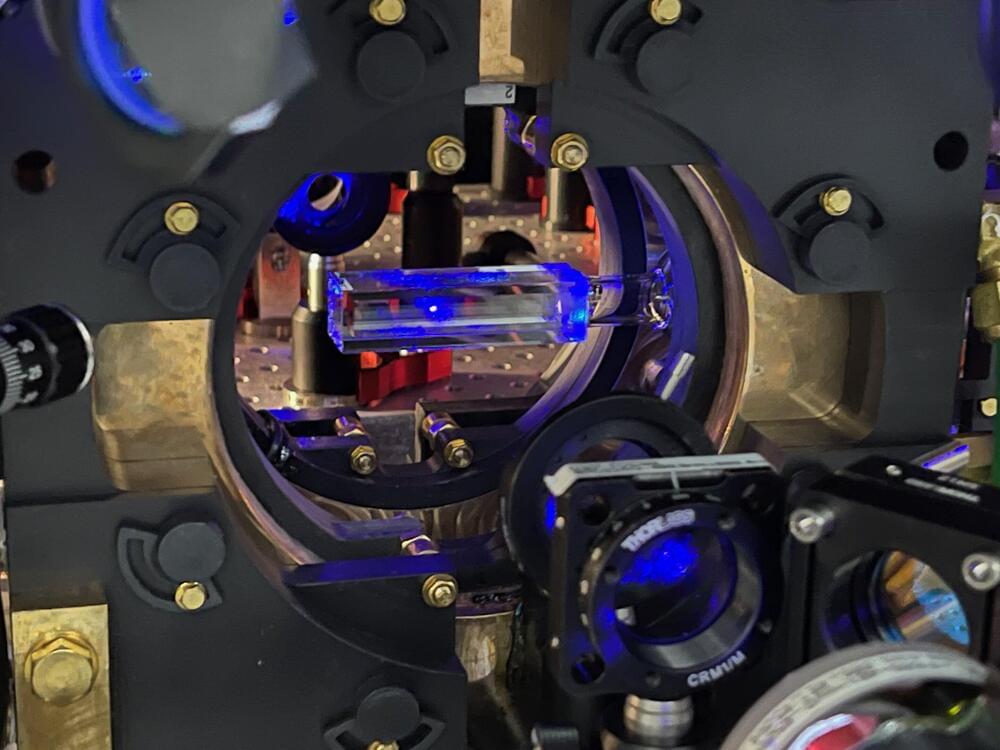Using thin layers of chiral nematic liquid crystals, researchers have observed the formation dynamics of skyrmions.
A skyrmion is a topologically stable, vortex-like field configuration that cannot be smoothly morphed to a uniform state [1]. First proposed by physicist Tony Skyrme in 1961 as a model of the nucleon [2], the concept has since been studied in condensed-matter physics and adjacent fields [3]. In particular, skyrmions have cropped up in studies of magnetism [4], Bose-Einstein condensates [5], quantum Hall systems [6], liquid crystals [7], and in other contexts (see, for example, Viewpoint: Water Can Host Topological Waves and Synopsis: Skyrmions Made from Sound Waves). Skyrmions exhibit fascinating properties such as small size, stability, and controllability, which give them great potential for applications in spintronics, data storage, and quantum computing.
